What is a Meniscal Injury?
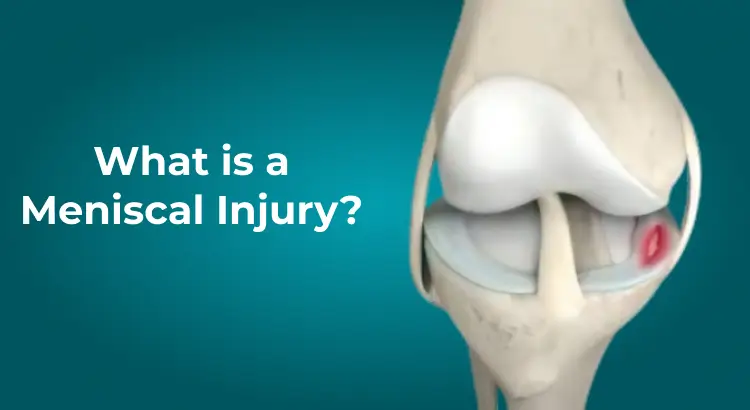
What is a Meniscal Injury?
The meniscus is a C-shaped cartilage located in the knee joint, which acts as a cushion between the femur (thigh bone) and the tibia (shin bone). It helps to distribute weight across the knee joint, absorb shock, and provide stability during movement. In young athletes, meniscal injuries often occur as a result of twisting motions or sudden changes in direction during sports like football, basketball, or rugby.
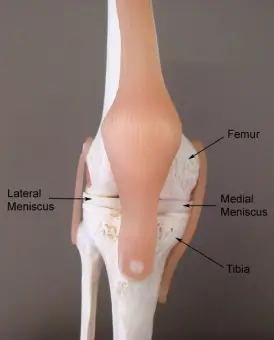
There are two menisci in each knee—one on the inner (medial) side and one on the outer (lateral) side of the joint. A meniscal injury can range from mild tears to complete ruptures, and these injuries can cause pain, swelling, limited movement, and instability.
How Do Meniscal Injuries Occur in Children and Young People?
In children and young people, meniscal tears are typically linked to sports activities that involve high-impact or twisting movements. Common causes include:
Twisting or pivoting movements during sports like football, basketball, or skiing.
Direct trauma to the knee, such as a blow during a tackle or collision.

Repetitive stress from constant running, jumping, or quick direction changes.
While the meniscus is more resilient in younger individuals compared to adults, sports-related injuries can still lead to tears, particularly when the knee is subjected to forceful or awkward movements.
Symptoms of Meniscal Injury :
The most common symptoms of a meniscal injury include:
Pain, especially along the joint line of the knee
Swelling, which may develop hours after the injury
Locking or catching sensations in the knee
Limited range of motion or difficulty straightening the leg
Weakness or instability in the knee, especially when bearing weight
A feeling of the knee “giving way” during activity
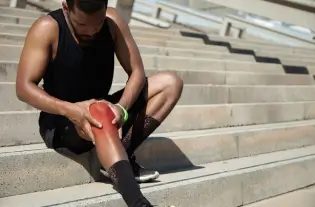
Diagnosis of Meniscal Injuries :
To diagnose a meniscal tear, a healthcare provider will typically:
Perform a clinical examination to assess the knee’s range of motion, stability, and signs of swelling or tenderness.
Take imaging tests such as an MRI scan to visualise the meniscus and confirm the presence
and extent of the tear. X-rays may also be taken to rule out other injuries, such as fractures.

Treatment Options for Meniscal Injuries :
The treatment for a meniscal tear depends on several factors, including the type of tear, its location, the patient’s age, and the severity of the symptoms. In children and young people, the goal is to preserve the meniscus and prevent long-term damage to the knee joint, which may lead to osteoarthritis in the future.
Conservative Treatment: For minor tears or those without significant symptoms, non-surgical options may be recommended:
Rest and activity modification should allow the meniscus time to heal.
Ice and elevation to manage to swell.
Physical therapy strengthens the muscles around the knee and improves joint stability.
Anti-inflammatory medications to reduce pain and swelling.
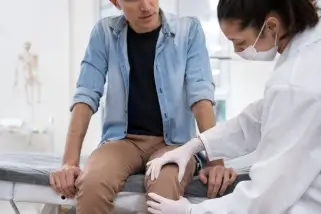
Surgical Treatment – Knee Arthroscopy: If conservative treatments are ineffective, or if the tear is large, complex, or causing significant instability, surgery may be required. Knee arthroscopy is a minimally invasive procedure that allows the surgeon to access the knee joint
using small incisions and a camera (arthroscope). This procedure is the gold standard for repairing meniscal tears in young athletes.
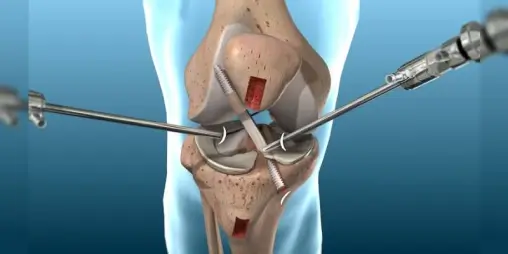
What is Knee Arthroscopy?
Knee arthroscopy is a minimally invasive procedure that uses small incisions (keyhole surgery) and a camera (arthroscope) to visualize and treat injuries within the knee joint.
During the procedure, the surgeon can:
Trim or remove damaged portions of the meniscus that are not repairable.
Suture or repair tears in the meniscus, particularly if the tear is located in the more vascular
(blood-supplied) regions of the meniscus, where healing is more likely.
Clean up any debris from the knee joint, such as damaged cartilage or bone fragments.
Why Choose Mr. Tahir Khan for Knee Meniscal Injuries?
Mr. Tahir Khan is a highly regarded Consultant Orthopaedic Surgeon at the Royal National Orthopaedic Hospital (RNOH), specializing in knee surgery, particularly for complex sports injuries in children and young adults. He has extensive experience in treating meniscal injuries using the latest techniques in knee arthroscopy, tailored to the unique needs of younger patients.
Mr. Khan is known for his expert approach to preserving joint function and long-term knee health, particularly in active young patients. He uses advanced, minimally invasive surgical techniques that allow for quicker recovery times, reduced risk of complications, and the best possible outcome for young athletes. His expertise in treating sports-related injuries, combined with the state-of-the-art facilities at the RNOH, ensures that patients receive the highest level of care
What to Expect During Treatment with Mr. Khan
Initial Consultation: Mr. Khan will conduct a thorough evaluation of the patinet’s knee injury. This includes reviewing medical history, performing a physical examination, and discussing symptoms. He will also explain treatment options and guide you in making the best decision for recovery.

Pre-Surgery Assessment: If surgery is recommended, patient will undergo preoperative tests to ensure they are fit for surgery. These tests may include blood tests, an ECG, and other assessments.

Knee Arthroscopy: If knee arthroscopy is chosen, the procedure will be performed at the RNOH, Portland or Princess Grace hospital, under general anaesthesia. The surgery is usually completed in 1-2 hours, and patients typically go home the same day or after a short stay.

Post-Operative Care: After surgery, patients will follow a structured rehabilitation program to restore knee function. Physiotherapy will play an essential role in strengthening the muscles around the knee, improving joint stability, and preventing future injuries.

Recovery and Return to Sport: Most young patients can return to light activities within a few weeks after surgery, with full sports participation typically possible within 3-6 months, depending on the severity of the injury and the rehabilitation process.

Recovery After Knee Arthroscopy
Recovery following knee arthroscopy is typically quicker than with traditional open surgery, with most patients experiencing:
Less pain and swelling due to the minimally invasive nature of the procedure.
Shorter hospital stays, with many patients discharged on the same day.
A gradual return to activity with proper rehabilitation, which includes strengthening exercises and flexibility training.
The rehabilitation process is critical to achieving a successful outcome. Mr. Khan and his team will provide tailored guidance to ensure a smooth recovery, and regular follow-up appointments will monitor progress.
Contact Information
For more information or to schedule a consultation with Mr. Tahir Khan, please contact:
- Royal National Orthopaedic
- Portland
- Princess Grace
- Spire Bushey Hospital
